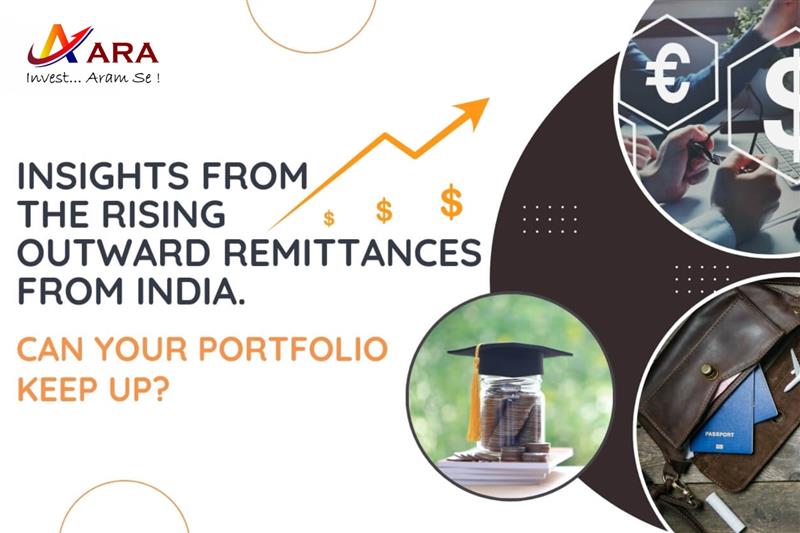India’s outward remittances tell a compelling story of changing aspirations and rising global exposure.
According to the Reserve Bank of India (RBI), outward remittances under the Liberalised Remittance Scheme (LRS) have shown a significant upward trajectory over the past several years:
- FY 18–19: $13.78 billion
- FY 19–20: $18.76 billion
- FY 20–21: $12.68 billion (pandemic impact)
- FY 21–22: $19.61 billion
- FY 22–23: $24.44 billion
- FY 23–24: $31.73 billion
- FY 24–25: $29.56 billion (a 6.85% dip, but still historically high)
This long-term trend underscores the rising willingness and ability of Indian families to spend on international travel, medical needs, and overseas education. Investing in overseas securities also saw a significant uptrend.
The New Normal of Global Spending
Since the COVID lockdowns ended, Indians have been traveling abroad more than ever—a phenomenon often called “revenge travel.” What was once postponed is now being pursued with enthusiasm. In FY24 alone, travel accounted for over 50% of total outward remittances.
At the same time, foreign education continues to dominate household planning for many families. With increasing exposure to international opportunities, many middle- and upper-middle-income households are working towards sending children abroad for undergraduate and postgraduate studies.
What Does a Harvard MBA Cost Today?
For the 2025–26 academic year, the total estimated cost for a single student at Harvard Business School is approximately $126,000, encompassing tuition, living expenses, health insurance, and other fees.
In comparison, the total cost in 2018–19 was around $110,000. This represents an increase of over 15%. But factor in the currency shift:
One US Dollar, which was around ₹62 in 2018, is ₹85+, a whopping 37% spike. This means an Indian parent today would need over ₹1.07 crore for the same program that cost ~₹68 lakh seven years ago – a 57% rise in rupee terms. This highlights the escalating costs associated with overseas education. The recent developments of the present Trump Government can be discouraging Indian students from considering the USA as their study destination. But it is not just the USA – Canada, the UK, Europe, and even countries like Ireland and Australia have witnessed inflation in tuition and living costs. While visa policies may change, the cost curve is only heading upward.
Can Your Portfolio Keep Up? Can traditional savings match the inflation of global dreams?
Traditional savings instruments may not keep pace with this level of inflation, especially when goals are denominated in USD or other foreign currencies.
Where Mutual Funds Can Help
A thoughtfully constructed portfolio, with a mix of Indian equity mutual funds and select international exposure, can help bridge the gap. Indian Equity Funds offer long-term growth potential. Overseas Mutual Funds or feeder funds provide currency hedging and global diversification. However, the overseas funds can hit a roadblock if they reach the threshold set by RBI. Affluent investors can also consider GIFT City Funds to invest directly in USD under the LRS route, bypassing some of the RBI caps in overseas mutual funds.
These investment products will help in keeping up the pace with the increasing costs of overseas education, as these funds are designed to grow in the long term and help you reach important milestones, such as higher education, either locally or abroad. Also, these data points affirm how important it is to plan the investments considering the currency risk while planning for overseas education.
The goal is not just to send your child abroad. It is to do so comfortably and confidently — without compromise or last-minute scrambling.
Let your wealth grow in the direction your aspirations are headed.

Shreedhara is the Founder & Director of Ara Financial Services Pvt. Ltd. He has an experience of over 2 decades in Financial Service Industry with majority of it in guiding individuals and institutions on their investments requirements.









